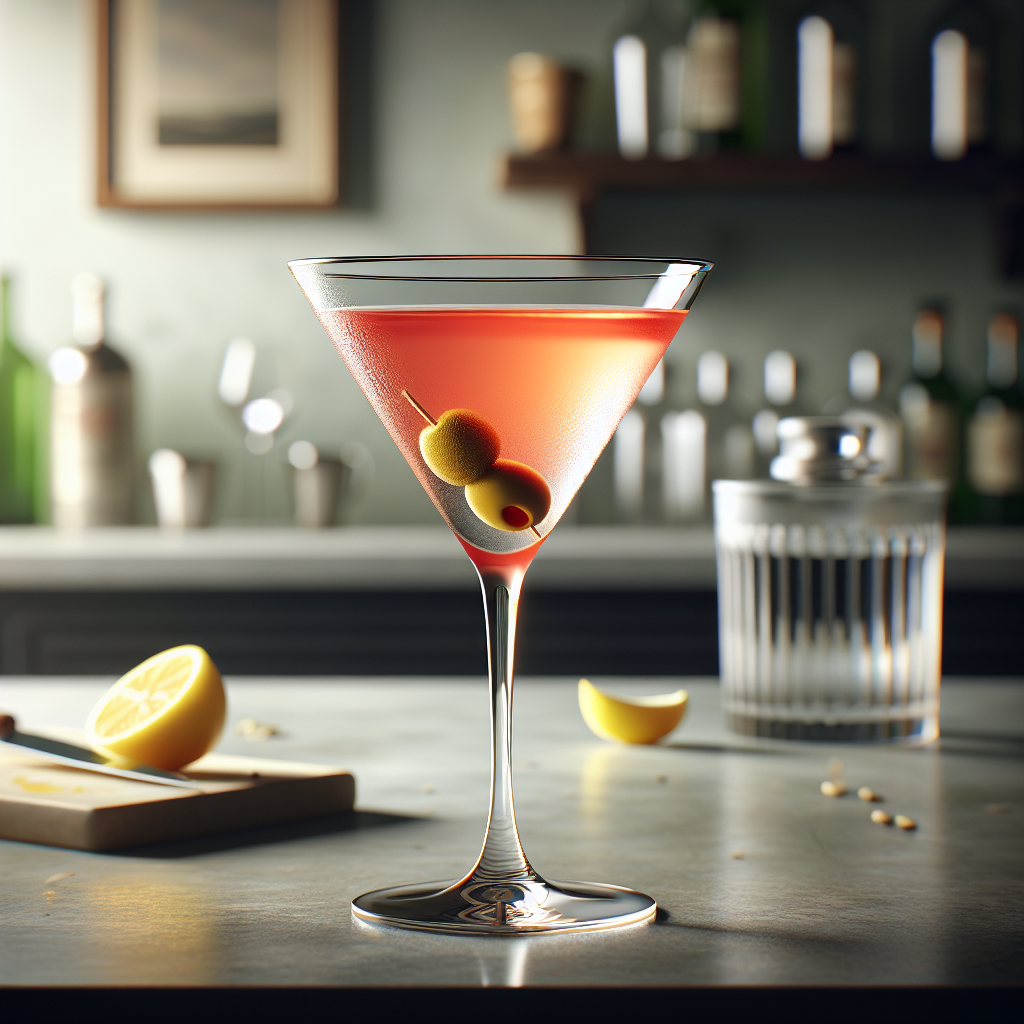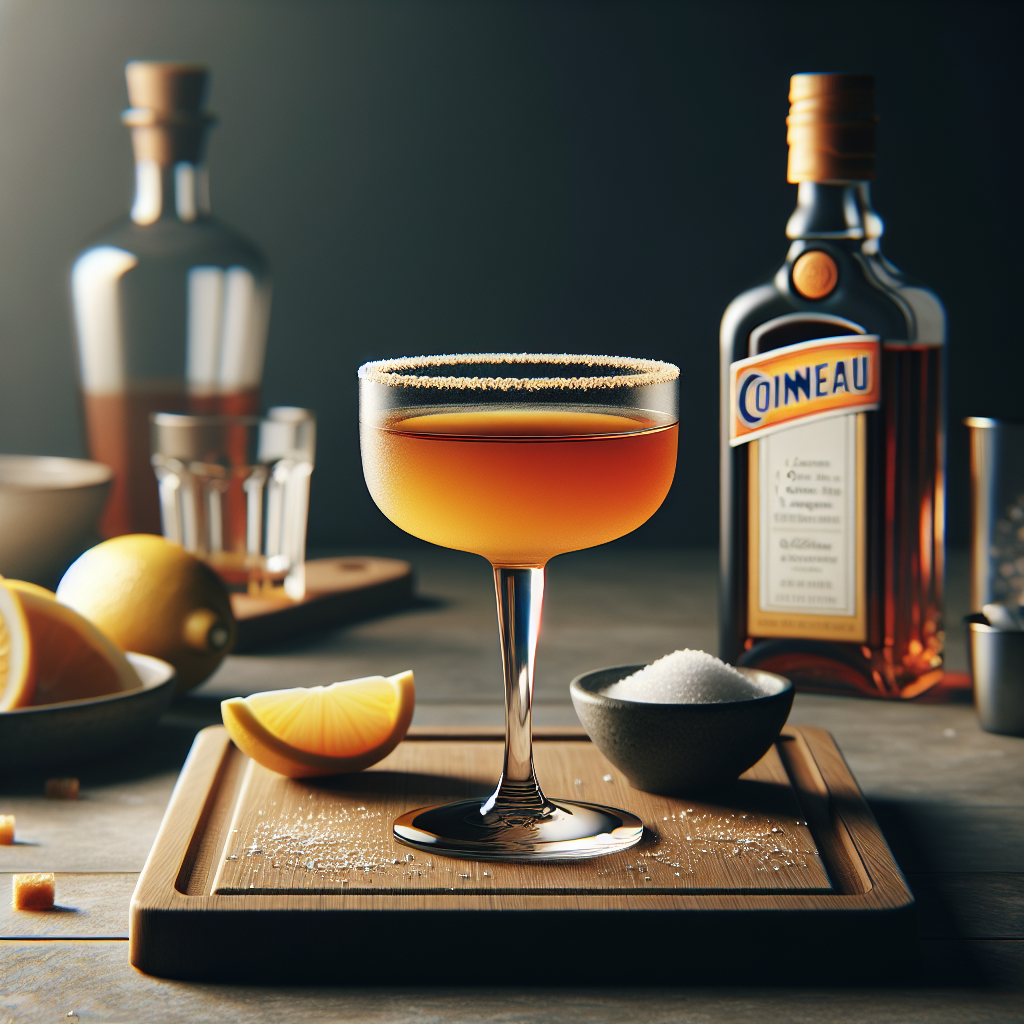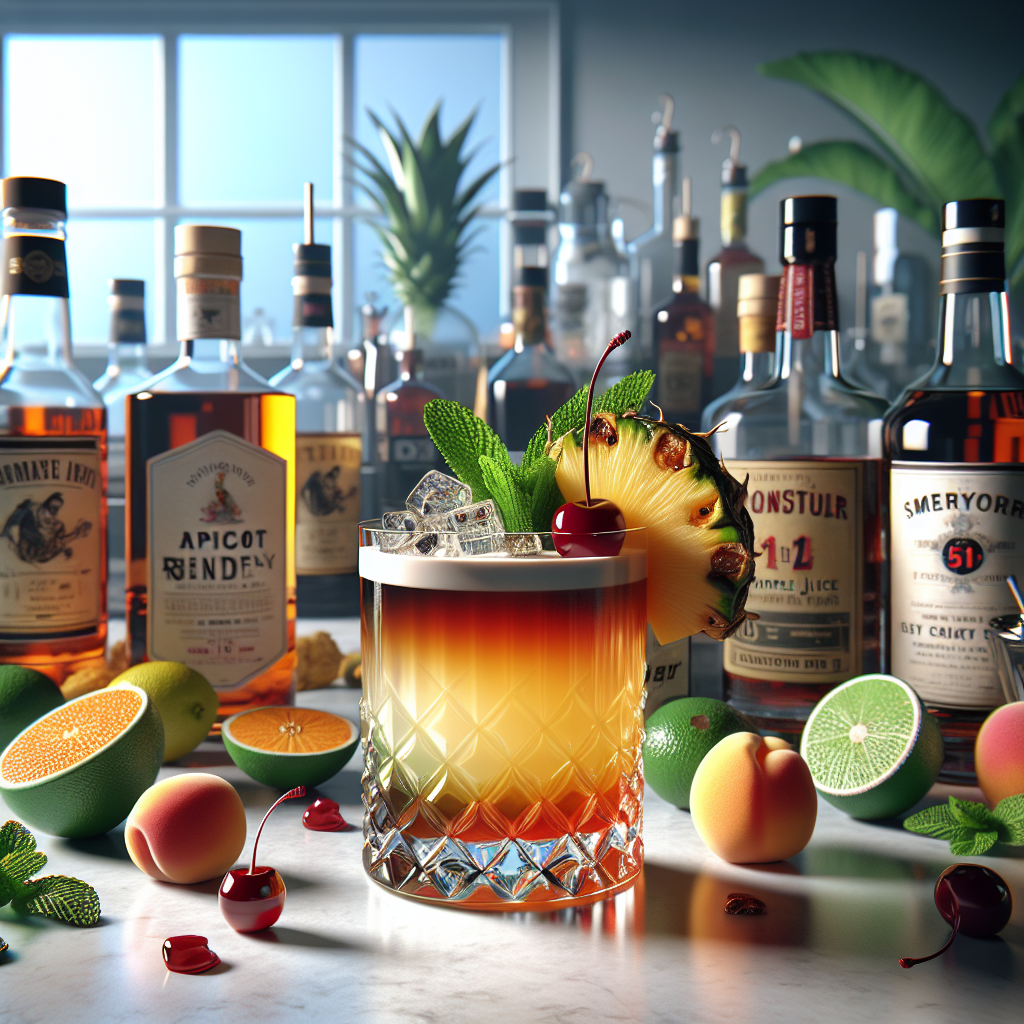Cocktail Fossils: Unearthing Ancient Recipes

Cocktail Fossils: Unearthing Ancient Recipes
Introduction to the Art of Mixology
Mixology, the art of crafting cocktails, is not merely a modern phenomenon but a craft steeped in history, dating back centuries. The term "cocktail" itself has a lineage that can be traced to the early 19th century, yet the practice of blending spirits with other ingredients to create invigorating beverages predates this nomenclature. This article delves into the origins of ancient cocktail recipes, unearthing the "cocktail fossils" that have shaped the rich tapestry of mixology.
The Ancient Origins of Cocktails
The concept of combining spirits with other elements for consumption can be traced back to ancient civilizations. The Romans, for instance, are known to have mixed wine with honey, herbs, and spices to create beverages that were both medicinal and pleasurable. These early concoctions can be seen as the precursors to modern cocktails, laying the foundation for the evolution of mixology.
The Medieval Influence on Mixology
Moving forward in time, the medieval period brought forth the distillation of spirits, a pivotal moment in the history of cocktails. The term "spirits" itself derives from the Latin "spiritus," reflecting the belief that the essence of the plant or grain was captured in the liquid. During this era, monks and alchemists experimented with distillation, creating liqueurs and cordials that combined spirits with fruits, herbs, and sugars. These early spirits and liqueurs are the ancestors of many of the ingredients we use in cocktails today.
The Renaissance and the Rise of the Punch
The Renaissance period witnessed the rise of punch, a communal beverage that would become a staple in social gatherings. Punch, derived from the Hindi word "panch," meaning five, typically consisted of five ingredients: spirits, sugar, lemon, water, and tea or spices. This drink, popularized by British sailors and traders in the 17th century, set the stage for the structured recipes that would follow in the cocktail era. The punch bowl became a centerpiece of social gatherings, symbolizing hospitality and conviviality.
The 19th Century: The Birth of the Cocktail
The 19th century marked the official birth of the cocktail as we know it today. The term "cocktail" was first defined in print in 1806 in "The Balance and Columbian Repository," a newspaper in Hudson, New York, as "a stimulating liquor, composed of spirits of any kind, sugar, water, and bitters." This definition laid the groundwork for the classic cocktail formula that would endure for generations.
The Old Fashioned: A Timeless Classic
One of the earliest documented cocktails, the Old Fashioned, encapsulates the essence of the original cocktail recipe. Its simplicity and elegance have made it a timeless classic. The Old Fashioned is believed to have originated in the early 19th century, with the first known recipe appearing in 1862 in Jerry Thomas's "Bartenders Guide: How to Mix Drinks."
Old Fashioned

A classic cocktail that showcases the impact of slow dilution on flavor development.
Ingredients:
- 2 oz bourbon or rye whiskey
- 1 sugar cube
- 2 dashes Angostura bitters
- 1 large ice cube or sphere
- Orange peel for garnish
Instructions:
- Place the sugar cube in an Old Fashioned glass.
- Add the bitters to the glass and muddle until the sugar is dissolved.
- Add the whiskey and stir gently to combine.
- Add the large ice cube or sphere to the glass.
- Express the oils from the orange peel over the drink, then drop the peel into the glass as a garnish.
Jerry Thomas, often referred to as the "Father of American Mixology," played a crucial role in popularizing and codifying cocktail recipes. His book, which included detailed recipes and techniques, became a seminal text in the world of mixology, influencing generations of bartenders.
The Martini: A Symbol of Elegance
The Martini, another iconic cocktail, emerged in the late 19th century and quickly became a symbol of sophistication and elegance. Its origins are somewhat murky, but it is generally accepted that the Martini evolved from earlier gin-based cocktails. The classic recipe, featuring gin and vermouth, was first documented in the early 20th century.
Classic Martini

A symbol of elegance and sophistication, the classic Martini is a timeless cocktail.
Ingredients:
- 2.5 oz gin
- 0.5 oz dry vermouth
- Lemon twist or olive for garnish
Instructions:
- Fill a mixing glass with ice.
- Add gin and vermouth.
- Stir until well-chilled.
- Strain into a chilled Martini glass.
- Garnish with a lemon twist or an olive.
The Martini's simplicity and versatility have allowed it to endure through the decades, with variations such as the Vodka Martini and the Dirty Martini becoming popular in their own right.
The Sidecar: A Post-World War I Classic
The Sidecar, a cocktail that emerged in the early 20th century, is often attributed to Harry MacElhone, a prominent bartender at Harry's New York Bar in Paris. This drink, which combines cognac, orange liqueur, and lemon juice, is a testament to the elegance of French mixology.
Sidecar

A classic cocktail from the Prohibition era, attributed to Harry MacElhone.
Ingredients:
- 2 oz cognac
- 1 oz Cointreau
- 1 oz fresh lemon juice
- Lemon twist, for garnish
Instructions:
- Fill a shaker with ice.
- Add the cognac, Cointreau, and lemon juice.
- Shake until well chilled.
- Strain into a chilled cocktail glass.
- Garnish with a lemon twist.
Harry MacElhone's contributions to mixology are numerous, and his bar became a hub for cocktail enthusiasts and celebrities alike, further cementing the Sidecar's place in cocktail history.
The Evolution of Tiki Cocktails
The mid-20th century saw the rise of Tiki culture, which brought with it a wave of exotic cocktails inspired by Polynesian and Caribbean flavors. Donn Beach, also known as Don the Beachcomber, is credited with popularizing Tiki cocktails in the United States. His most famous creation, the Zombie, is a complex mix of rums, juices, and liqueurs that captures the spirit of Tiki culture.
Zombie

A complex and exotic cocktail that embodies the spirit of Tiki culture, created by Donn Beach.
Ingredients:
- 1 oz light rum
- 1 oz dark rum
- 1 oz apricot brandy
- 1 oz lime juice
- 1 oz pineapple juice
- 1 oz passion fruit syrup
- 1 dash Angostura bitters
- Mint sprig for garnish
Instructions:
- Fill a shaker with ice.
- Add all ingredients except the mint sprig.
- Shake until well-chilled.
- Strain into a tall glass filled with ice.
- Garnish with a mint sprig.
Donn Beach's innovative approach to mixology, which included the use of fresh juices and exotic ingredients, revolutionized the cocktail scene and left a lasting legacy.
The Modern Revival of Classic Cocktails
In recent years, there has been a resurgence of interest in classic cocktails, driven by a desire to reconnect with the traditions of mixology. Bartenders and enthusiasts alike are revisiting vintage cocktail books and rediscovering the elegance and simplicity of pre-Prohibition drinks. This revival is not merely a nostalgic return to the past but a celebration of the craftsmanship and artistry that define the world of mixology.
Conclusion: Preserving the Legacy of Mixology
The journey through the history of cocktails reveals a rich and diverse tapestry of flavors, techniques, and stories. From the ancient Romans to the modern-day mixologist, the art of crafting cocktails has evolved, yet it remains grounded in the principles of balance, harmony, and innovation. As we unearth these "cocktail fossils," we honor the legacy of those who came before us, ensuring that the spirit of mixology continues to thrive for generations to come.